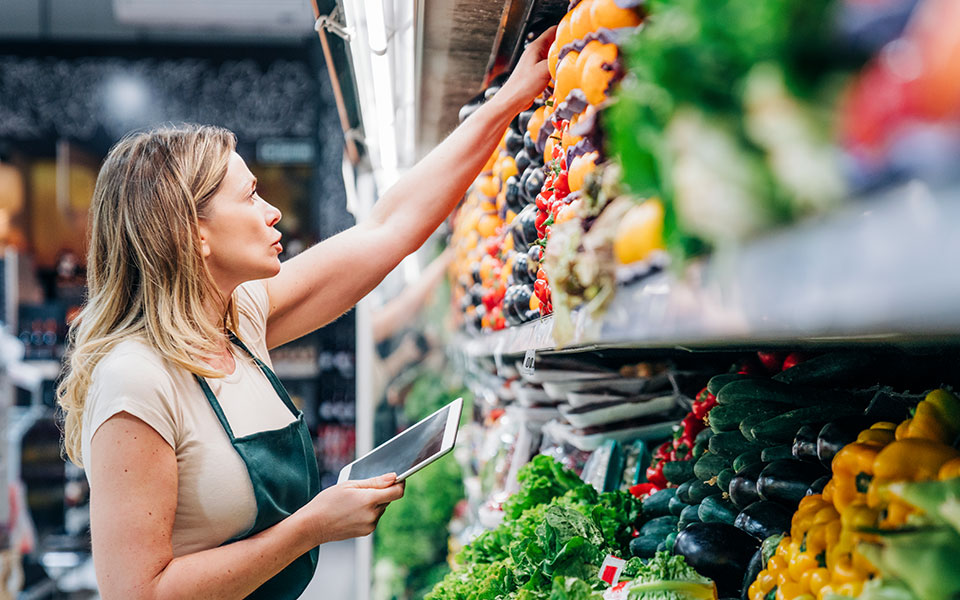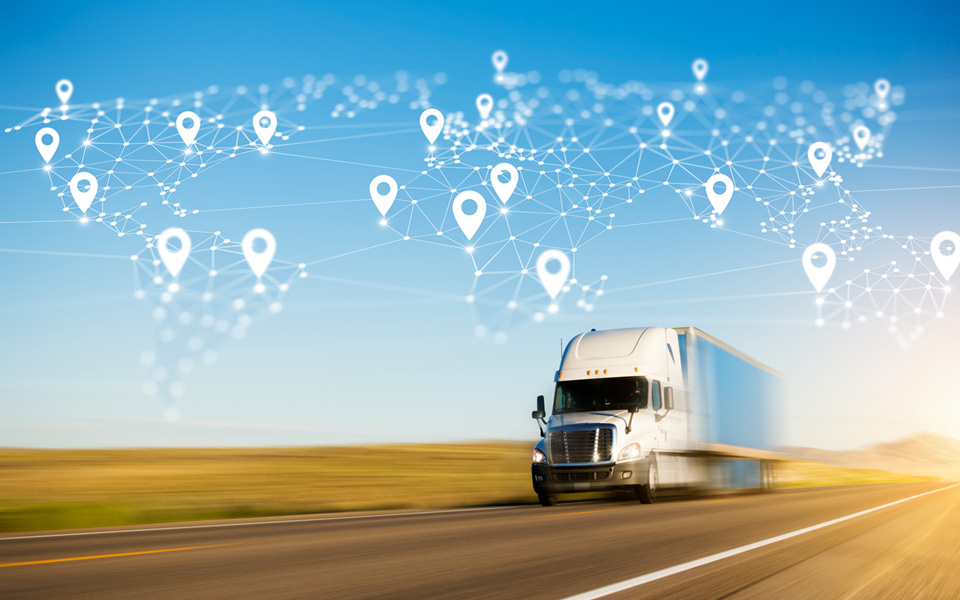*On June 1, 2023 Emerson’s Climate Technologies business became a new standalone company – Copeland. Though our name has changed, we are building on more than a century of HVACR innovation and industry leadership, and Copeland continues to offer the same products, industry stewardship, and learning opportunities you’ve grown to trust. Information found on this webpage posted before June 1, 2023 may contain our old name or branding, but you can be at ease knowing it was created with the knowledge and expertise of Copeland.
The global rollout of 4G and 5G cellular networks will deliver the high-speed, high-bandwidth capabilities preferred by the mobile device industry. But for those stakeholders in the perishable supply chain, this transition also will phase out legacy 2G and 3G cellular networks and usher in a technology shift that will impact their abilities to track in-transit temperatures and locations of shipments. Fortunately, Emerson has developed the next generation of real-time tracking devices that will bridge the gap between 2G and the next generation of low-power, wide-area (LPWA) 5G networks to ensure continuous tracking of perishable shipments.

What’s the alternative to 2G and 3G networks?
Most of the real-time trackers in use have been designed with cellular connectivity protocols that utilize 2G or 3G SIM cards. In many ways, these networks ideally are suited for the data requirements of the cargo tracking industry, which just need to transmit small packets of data periodically — such as live location and temperature information. Simply put, tracking devices don’t require the same bandwidth, memory and data transmission requirements of high-end mobile handsets.
That’s why Emerson’s GO real-time trackers were originally designed to utilize 2G and 3G cellular network technologies. Thus, these devices can be manufactured and sold at accessible price points without compromising their ability to perform their critical functions. With the sunsetting of 2G and 3G networks, real-time tracking devices will need to transition to the next generation of cellular network technology (i.e., 5G). But rather than utilizing expensive bands designed for mobile handsets, our new GO real-time Trackers will leverage emerging LPWA 4G and 5G network technologies that evolved from 4G LTE:
- Category M (Cat-M), where “M” stands for mobile
- Narrowband IoT (NB-IoT)
As the logical successors to 2G and 3G, these 4G/5G networks will allow the next generation of real-time trackers to transmit valuable sensor data while helping to keep real-time trackers cost-effective.
The next generation of real-time trackers is here
Our Digital Solutions business is committed to helping the perishable cold chain industry make this transition. To bridge the gap between 2G and emerging technologies and ensure uninterrupted tracking and help monitoring, we are developing the next generation of real-time tracking devices that utilize 5G and the new Cat-M and NB-IoT networks. The first of these new devices is already available: the GO real-time 4G/5G tracker.
This release is part of our efforts to expand our suite of 2G and 3G real-time trackers with new devices engineered to enable multi-network compatibility. In doing so, these new devices will help eliminate real-time dead zones by providing coverage for shipments that travel between 2G and emerging 5G networks. Like our previous generation of devices, the GO real-time 4G/5G tracker provides the following key functionalities:
- Help to monitor in-transit conditions such as temperature, location, light and humidity for up to 20 days of continuous operation.
- Notify users in real-time via text or email if any adverse conditions arise during shipment (when configured with our Oversight software portal).
In the coming months, Emerson plans to release additional 4G/5G models that offer an expanded in-use life of up to 60 days and a reusable device platform. Our next generation of devices will be available in dual- and tri-mode network capabilities.
From 2G and 3G to 5G (Cat-M and NB-IoT) — Sunset and roll-out timing
As the evolving mobile device industry transitions to 4G LTE and 5G technologies around the world, our industry will see more 2G and 3G networks become obsolete. This transition is already taking place but will be in flux for the next several years, with specific turndown timelines dependent on the cellular carrier and global or regional preferences.
From a cargo tracking industry perspective, it’s important to realize that coverage zones may vary and there may not be worldwide conformity for some time. This variability will create complexity when trying to ensure real-time coverage of perishable shipments around the globe. Emerson is doing everything we can to help prepare the cargo tracking industry for this cellular network transition. Read our informative white paper to learn how you can ensure uninterrupted real-time cargo tracking of perishable shipments.

8 proven strategies for rigorous cold chain management
Preparing for the approval and safe use of A2Ls in commercial refrigeration applications...
Protection for high-value shipments just got even better
We’re excited to announce the release of Copeland’s newest real-time tracker, the GO Real-Time...

Three proven strategies to prevent cargo theft
The over-the-road (OTR) transport industry is experiencing a surge in cargo thefts. As thieves...
